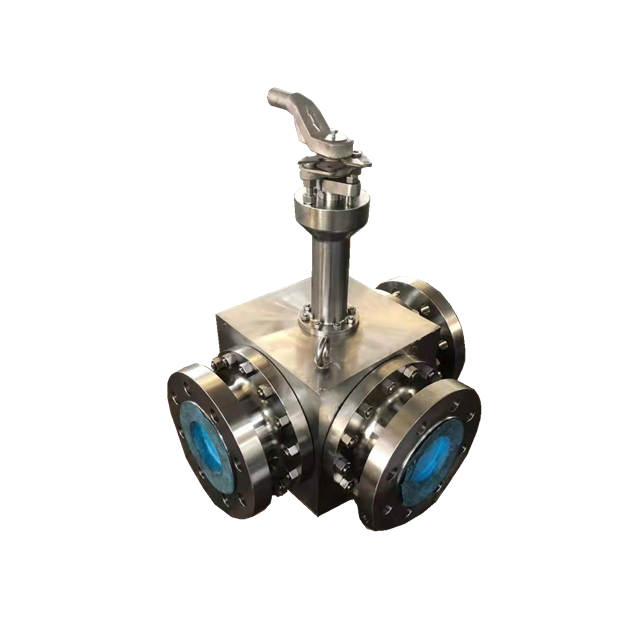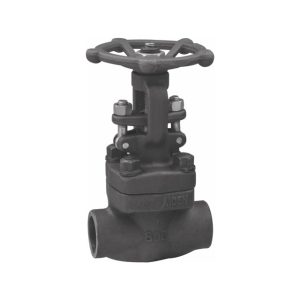Table of Contents
ToggleAre V-ball valves directional? The answer to this question is yes. These valves are directional in the sense that they are used to direct a fluid, such as air or water, in a specific direction. V-ball valves are directional in the sense that their seats are oriented in one direction, and the seat retainer is oriented in another.
Ball valves can be directional or non-directional, depending on their configuration. When choosing a valve, make sure to select the one that best suits the application.
Full port ball valves are typically used in chemical applications, while standard port ball valves are commonly used in water tank filling. Both types have the same flow characteristics but differ in the way they handle high flow rates. In addition to their directionality, V-ball valves also have superior leakage performance.
If you want to know more about a v-ball valve, continue reading this article.
What Is V-Ball Valve?
It is a type of ball valve that comes in a V-shape design. These valves either have a V shape seat or V shape ball. The v-shaped design of the ball and seat allows for controlled opening and closing. Because of this, these valves are commonly known as control valves, and they can be used to control flow rates and velocities.
These valves are designed to provide good rangeability, control, and shutoff capability, without compromising the ability to operate in dirty or fibrous suspensions. A v-ball valve’s contoured design allows it to deliver a high capacity flow control and positive shearing action. Its unique design also improves shutoff integrity and seal life.
V-Ball valves offer the highest quality in the ball valve industry. This valve is engineered for high-pressure service and has a higher pressure-temperature rating than most commercial valves. Because it’s made with a high-quality carbon steel body, it’s easy to see why it’s so popular.
Another option for V-Ball valves is a manual or actuated valve. These valves are made to handle high pressures while maintaining leak-free operation. They are available from distributors and authorized manufacturers.
Are V-Ball Valves Directional?
A V-port ball valve is a directional valve with two openings at either end. Flow through the valve increases as the ‘V’ turns to its fully open state. It is designed to increase the flow rate over a wider range of openings than a standard port ball valve.
A ball valve is an essentially directional valve. It uses a pivoting ball with a hole in the center to control flow. If the handle is parallel to the pipe, then the valve is open, while if it’s perpendicular, the flow will stop.
Generally speaking, a ball valve can be bidirectional as well as unidirectional. While most the ball valves are bidirectional, a V-ball valve is unidirectional. It means this type of valve can only be used to control the flow in one direction.
When fully closed, the ball sits centered on the valve seat. When fully open, it is 90 degrees counterclockwise of the closed position. This is determined by an actuator. The ball can be adjusted between open and closed positions, and the actuator adjusts the open and closed stops to prevent it from moving out of the valve.
And although V-ball valves are directional, they have some common features. They are often the most economical full-port valves available. The outside of the valve is marked with an arrow which shows the direction of the flow. There is only one seat in the valve, so it flows only in one direction.










